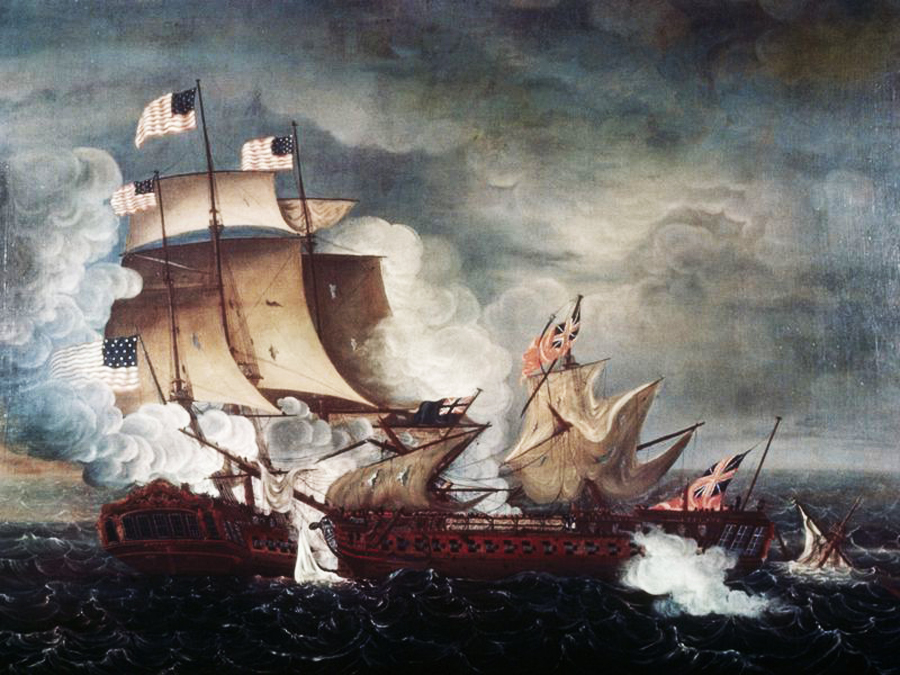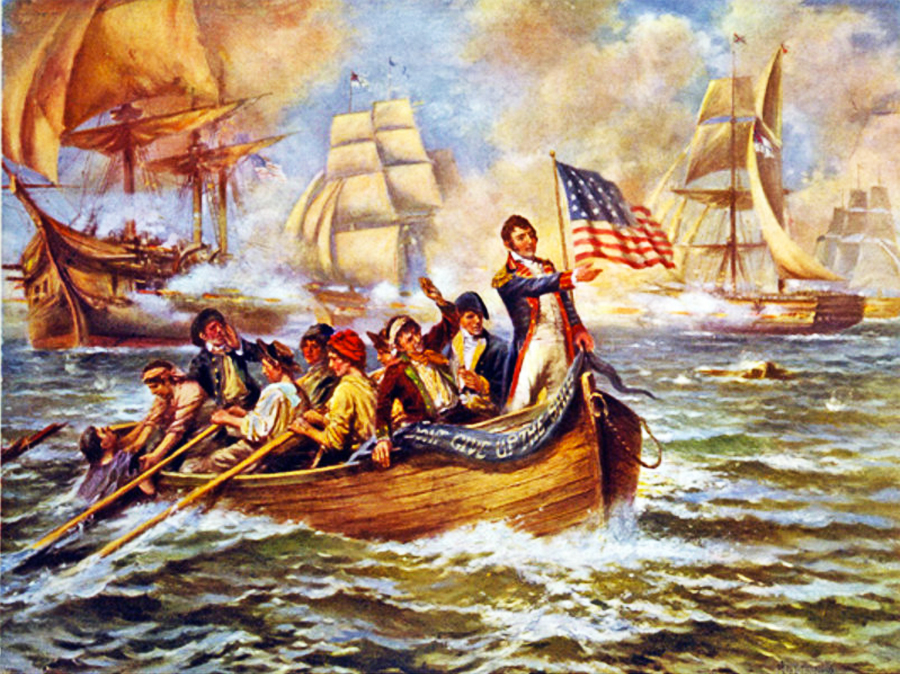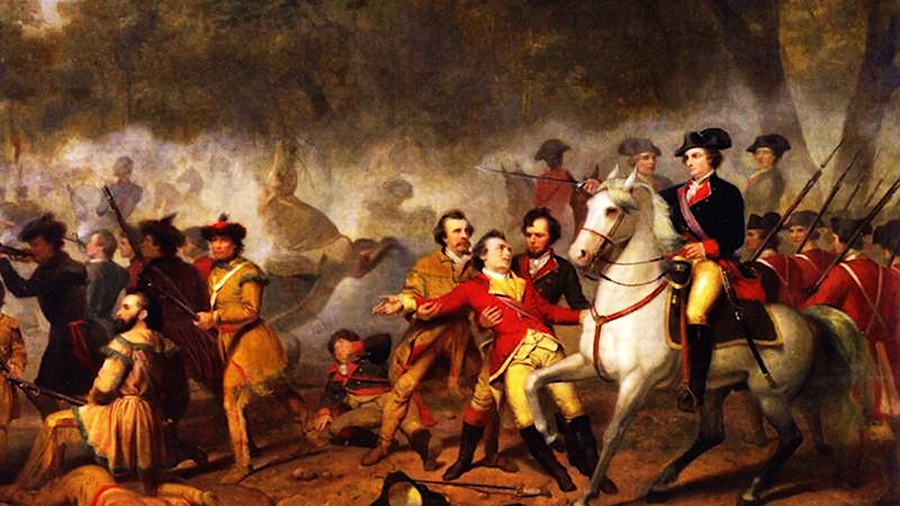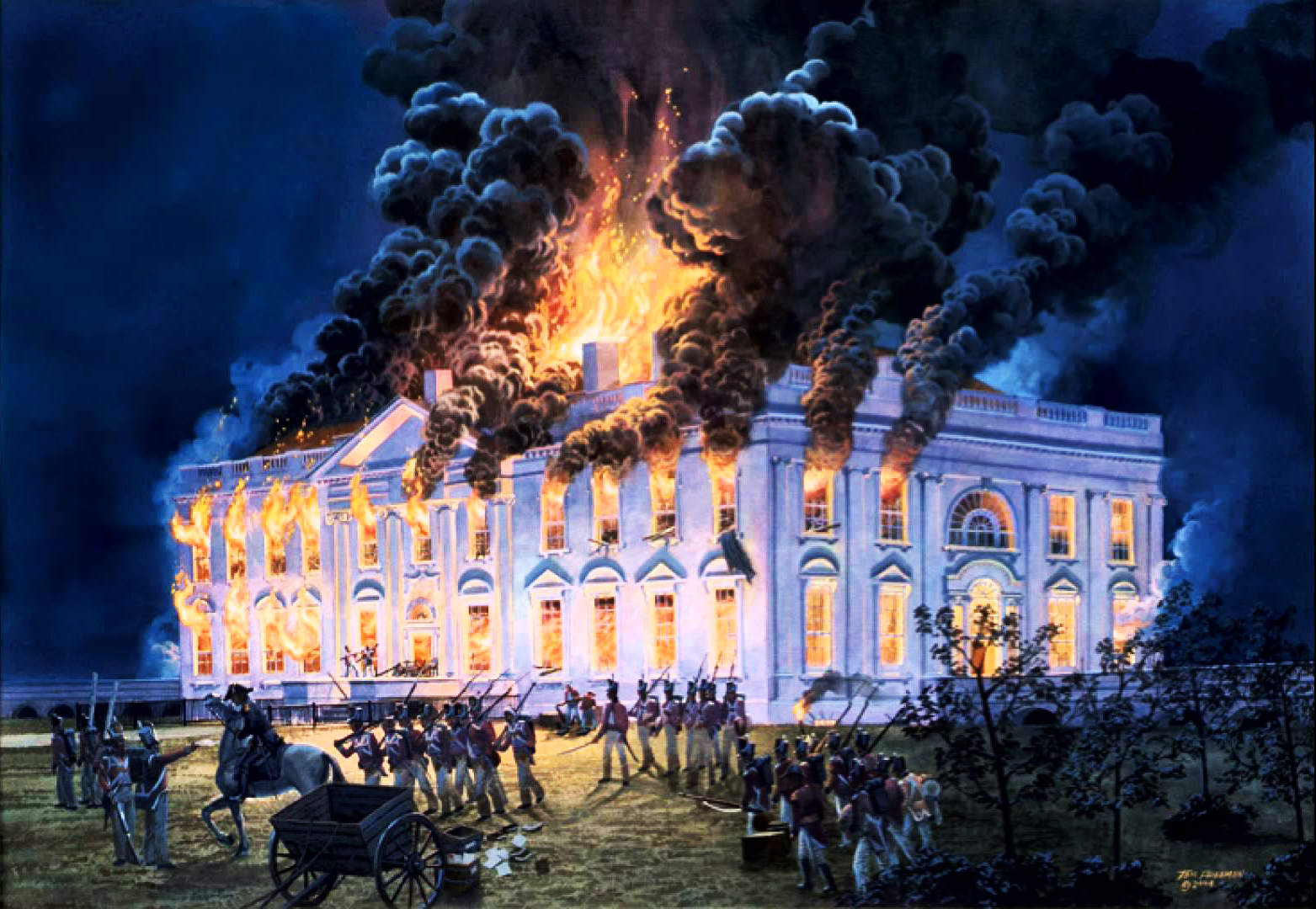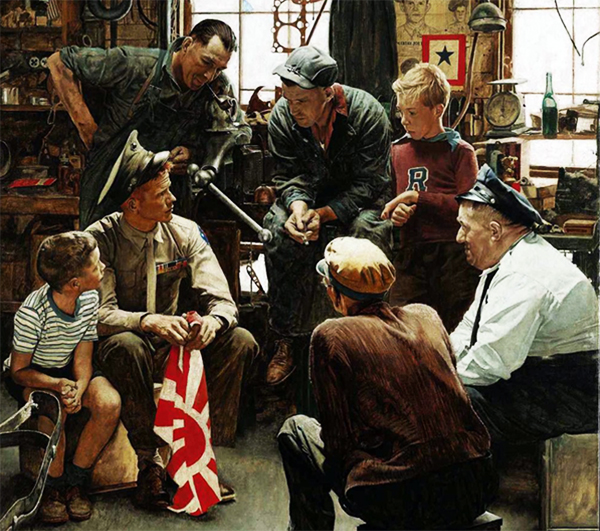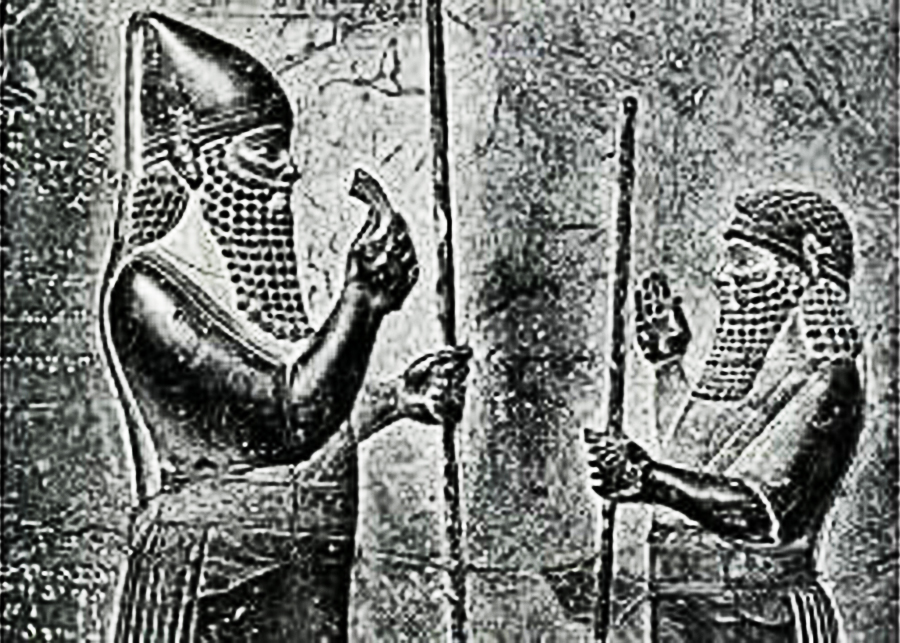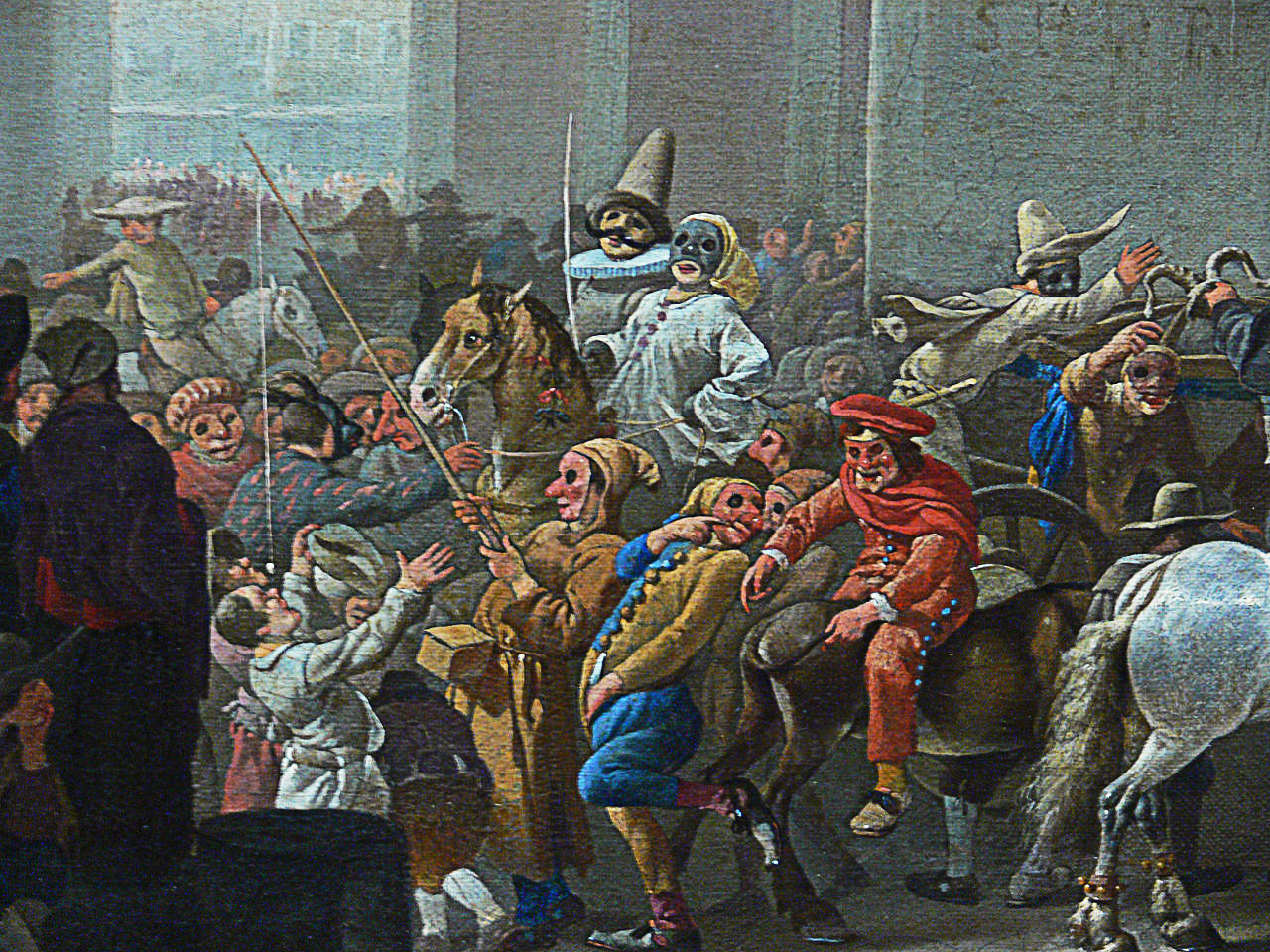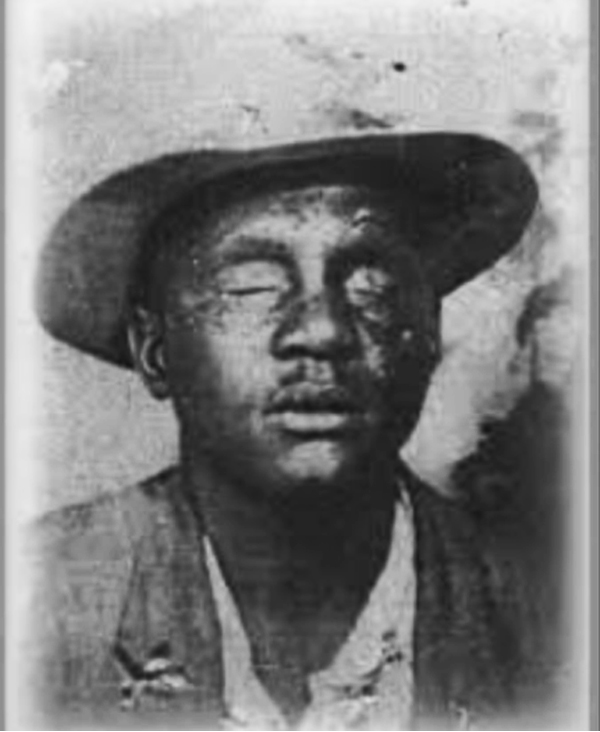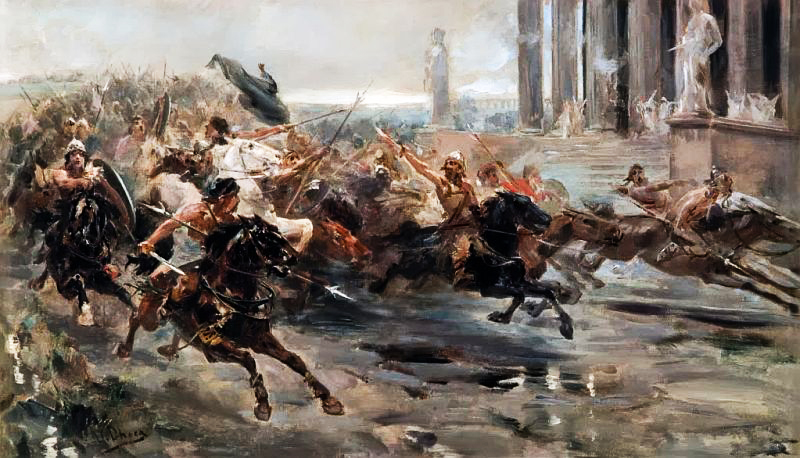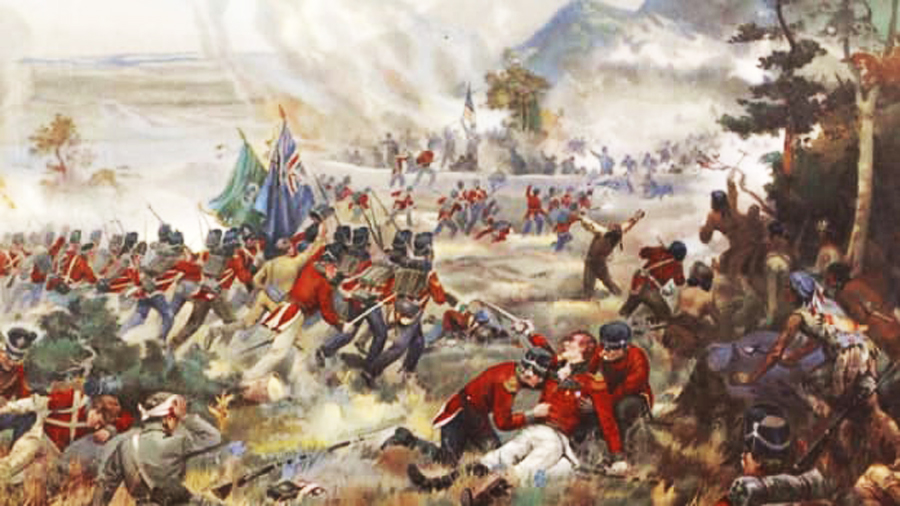
War of 1812: British soldiers burn Buffalo, New York on December 30, 1813
War of 1812: British soldiers burn Buffalo, New York: As winter’s icy grip clutched the American and Canadian towns nestled along the Niagara River, revenge burned inside the heart of British Lieutenant General Gordon Drummond. For days, Upper Canada’s lieutenant governor had been enraged about what American forces had done to one of his border towns. With both snow and British forces closing in on December 10, 1813, Brigadier General George McClure of the New York State militia had ordered the evacuation of Fort George, the British garrison on the Canadian side of the Niagara seized by the Americans in May. Before crossing back to the United States, however, McClure ordered his forces to burn the adjacent village of Newark (present-day Niagara-on-the-Lake, Ontario) and leave its residents homeless in the teeth of a snowstorm.
The Americans had already torched the provincial capital of York (present-day Toronto) months before burning Newark, and Drummond’s wrath was as fierce as the frigid weather that lashed the Niagara region. Although two centuries ago war was usually put on ice during winter months, the Canadian-born Drummond put his forces on the offensive. Before dawn on December 19, 1813, British soldiers accompanied by native fighters breached the border and attacked Fort Niagara, across the mouth of the Niagara River from Newark. The forces led by Major General Phineas Riall also burned the nearby New York villages of Lewiston and Youngstown before returning to the safety of Canada.
The raid did not fully quench Drummond’s thirst for vengeance. The riverside villages of Black Rock and Buffalo, the small trading community that had sprouted around 1789 near Buffalo Creek, were his next targets. While the frontier village of Buffalo remained on edge, dissension among the American forces caused McClure to abandon the embryonic city with the warning that “they may all be destroyed, and I don’t care how soon.°
It didn’t take long for the British to return. Shortly after midnight on December 30, 1813, Riall once again crossed the Niagara River with over 1,000 troops, including native fighters. A force of 2,000 Americans awaited downstream of Black Rock. The Americans may have had superior numbers, but they lacked superior soldiers. When the defenders heard the native war cries pierce the darkness and saw the flashes of musket volleys light up the night, they scattered in a “general stampede”. “All except very few of them behaved in the most cowardly manner”, reported General Lewis Cass. ”They fled without discharging a musket.”
Two miles away, the Americans put up a stiffer fight as a force of 400 Royal Scots attempted to land at Black Rock itself. For a half hour, the British sustained substantial casualties under heavy cannon and musket fire before they finally reached shore and routed the Americans, who retreated back to Buffalo.
Once the British soldiers and their native allies arrived in the frenzied village, they shattered windowpanes and threw burning torches into the wooden homes. Squads of invaders pillaged and plundered the sacked community as panicked families fled into the snow on horses, wagons and even sleighs and sleds carrying their food, hastily collected valuables and crying children. One citizen, Sarah Lovejoy, didn’t flee, and she paid for the decision with her life after she was tomahawked while trying to save her dresses from the looting forces.
The flames quickly devoured Buffalo and incinerated all but a handful of its 150 buildings. The British burned three American schooners and one sloop trapped in the ice of the Niagara River and blew up the stone mansion of Peter B. Porter, a former congressman who had led the charge for war with the British Empire, before burning down Black Rock and returning to Canada with 130 prisoners. The British lost 31 men in the Battle of Buffalo, the Americans 50.
A few days later, residents trickled back to the village, now mostly piles of smoldering black ashes scattered in the white snow. A solitary cat wandering the ruins was the only living thing left in Buffalo. Strewn in the wreckage were the stripped and scalped bodies of their fellow villagers. All that remained standing were the stone jail, Reese’s blacksmith shop and the house of Margaret St. John. The survivors carried 13 frozen bodies of their neighbors, felled by bullets and tomahawks, to Reese’s blacksmith shop, laid them in rows and prepared them for burial.
A few weeks later, Lieutenant General Sir George Prevost, Britain’s North American commander-in-chief, expressed his regrets for the burning of Buffalo - regrets that “the miseries inflicted upon the inhabitants of Newark” had made the action necessary. “This departure from the established usages of war has originated with America herself”, Prevost wrote in a proclamation, “and that to her alone are justly chargeable all the awful and unhappy consequences.”
Within a week of the attack, the residents of Buffalo began to rebuild. By the spring, a few dozen houses were under construction or already built, although rumors of attack still flew on an almost nightly basis. Buffalo’s big break came when it was chosen over Black Rock to be the western terminus of the Erie Canal. The community boomed after the canal’s 1825 opening, and by the end of the century, the city was the eighth largest in the United States.
History Channel / Wikipedia / Encyclopedia Britannica /
WBFO / New York Heritage.org / Army Historical Foundation.org / Smithsonian /
War of 1812: British soldiers burn Buffalo, New York on December 30, 1813 (YouTube) 

This Day in History December 30
• 999 Battle at Glen Máma The combined forces of Munster and Meath under king Brian Boru inflict a crushing defeat on the allied armies of Leinster and Dublin near Dublin in Ireland.
• 1066 Granada massacre: Muslim mob storms the royal palace in Granada, crucifies Jewish vizier Joseph ibn Naghrela and massacres most of the Jewish population of the city.
• 1419 Hundred Years' War: Battle of La Rochelle.
• 1460 Wars of the Roses: Battle of Wakefield.
• 1816 Treaty of St. Louis: Treaty between United States and the united Ottawa, Ojibwa, and Potawatomi Indian tribes is proclaimed.
• 1825 Treaty of St. Louis: Treaty between United States and the Shawnee Nation is proclaimed.
• 1853 Gadsden Purchase: The United States buys land from Mexico.
• 1890 Drexel Mission Fight: Following the Wounded Knee Massacre, the United States Army and Lakota warriors face off.
• 1903 Iroquois Theatre fire: A fire at the Iroquois Theater in Chicago, Illinois kills at least 605.

